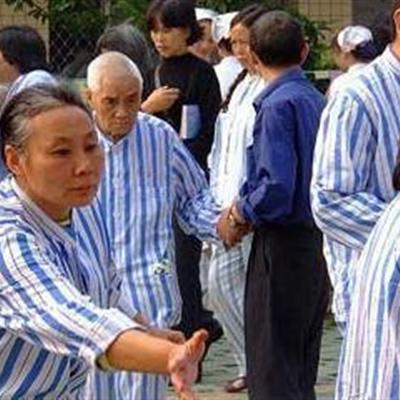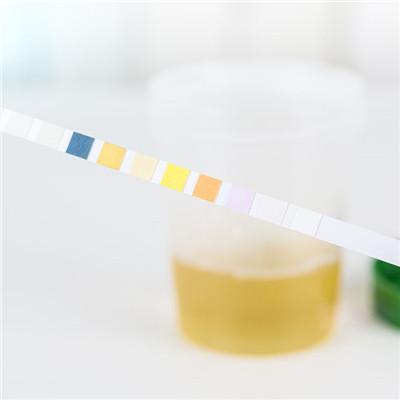How to diagnose suffering from epilepsy
summary
In our daily life, epilepsy is a great harm to us. Whether we have epilepsy or not, we should make a clear diagnosis of the type of epilepsy, then we can apply the right medicine to the case, and the epilepsy can be completely cured clinically. Epilepsy diagnosis is very important, epilepsy diagnosis should include: is epilepsy, which type of epilepsy and identify the cause of epilepsy in three aspects.
How to diagnose suffering from epilepsy
First: according to the history data: This is one of the main means of diagnosis of epilepsy, because the seizure of more conscious disorder, so in addition to the patient to understand the history, but also to the family or witness the patient to make supplementary understanding. Pay attention to ask the age of the first attack, the condition of the attack, the frequency, time and occasion of the attack, and whether there is any omen. Which one has the first symptoms, such as unconsciousness, foaming at the mouth, cyanosis, mydriasis, pathological reflex, self injury, trauma, incontinence, paralysis, weakness, neurological signs, etc.

Second: electroencephalogram examination: This is a valuable auxiliary means for the diagnosis of epilepsy. The positive rate of intermittent examination is more than 50%. If repeated examination and appropriate selection of hyperventilation, flash stimulation, sleep and drug induction test, the abnormal rate can be increased to 90%. Recently developed long-term EEG monitoring and TV recording can further improve the positive rate. The main epileptic waves were spike wave, sharp wave, spike (sharp) slow wave, high arrhythmia and other paroxysmal rhythm waves.

Third: exclude other paroxysmal diseases: 1. Hysteria: there are many similarities between clinical symptoms and epilepsy, but hysterical tic tic seizures have clear or hazy consciousness, changeable seizure forms, often crying or shouting, flushed face, normal pupil, general self injury, incontinence, each attack lasts for a long time, and the attack is mostly related to mental factors. 2. Transient ischemic attack (TIA): it is characterized by paroxysmal local convulsions, limb paralysis, disturbance of consciousness or sudden collapse, which should be differentiated from sub epilepsy and absence seizures. TIA usually occurs in older age, often with hypertension, arteriosclerosis, hyperlipidemia and other cardiovascular diseases, EEG mostly without epileptic seizure wave. 3. Syncope: the main symptom of syncope is disturbance of consciousness. It seldom occurs in lying position, especially in sleep. The attack process is relatively slow. Before the loss of consciousness, there are often dizziness, blackness in front of eyes, abdominal discomfort and palpitation. Syncope often has pale complexion and low blood pressure. The loss of consciousness was rarely accompanied by convulsions, and consciousness recovered quickly after lying on the back. 4, paroxysmal hypoglycemia: visible disturbance of consciousness, mental symptoms, very similar to complex sub attack. However, the onset is usually in the early morning and lasts for a long time. The blood glucose is decreased during the onset, and the EEG shows diffuse slow wave. Oral or intravenous glucose can quickly relieve the symptoms.

matters needing attention
It is suggested that traditional Chinese medicine should be used to tonify the heart and kidney, eliminate phlegm and wind, open orifices and settle epilepsy, activate blood circulation and remove stasis, and calm the liver and reduce fire, so as to regulate the body condition, regulate the function of viscera, consolidate the foundation and cultivate yuan, so as to achieve the purpose of cure.

















